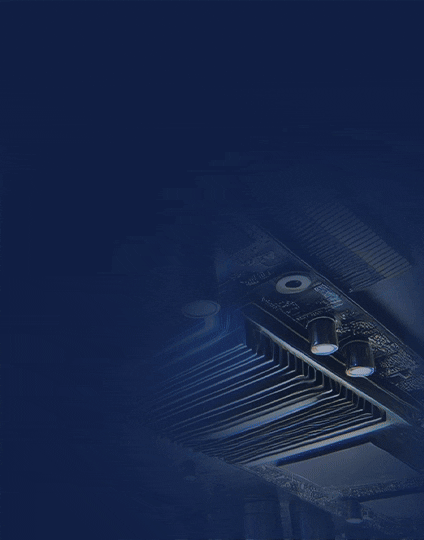FPGA Insights has engaged in an exclusive interview with Harikrishnan, FPGA Design Engineer
Q1) Can you explain the benefits of using FPGAs over other types of processors?
FPGAs or Field Programmable Gate Arrays are semiconductor chips that can be configured in the field by the designer based on their needs. They consist of many configurable logic blocks that can be programmed based on what functions the designer requires them to perform. In addition to the logic blocks, an FPGA consists of a programmable interconnect matrix that allows the designer to configure the FPGA’s internal wiring.
The confirmable logic blocks and the interconnect matrix make the FPGA a very powerful and flexible technology. Some of the benefits of FPGA technology include better performance than general CPUs as they can perform processing and calculation in parallel at a faster rate.
FPGAs are also reprogrammable which means that even after the circuit has been designed and implemented, FPGAs can still be modified, updated, and completely change its functionality to perform a completely different task than before.
Q2) What are the most significant trends observed in the FPGA industry over the past year? How will these trends shape the industry’s future?
The increasing adoption of FPGA products in advanced driver assistance systems and the proliferation of AI and IoT are among the factors that contribute to the growth of the FPGA market.
Q3) How do you see FPGA development evolving to meet the demands of modern applications and complex workloads?
FPGAs can be used to create reconfigurable accelerators with lower latency and better efficiency. While FPGAs offer increased efficiency, flexibility, and programmability, they can be challenging to program and manage. However, Intel’s Acceleration Stack for Intel Xeon CPU with FPGAs simplifies the development flow and enables rapid deployment across the data center.
Q4) Key drivers behind the increasing adoption of FPGAs in various applications and industries?
The increasing adoption of FPGA products in advanced driver assistance systems (ADAS), and the proliferation of AI and IoT are among the factors that contribute to the growth of the FPGA market.
FPGAs are being integrated into data centers to offload and accelerate specific services. They improve the response time, throughput, and energy efficiency of high-performance computing devices by offloading computing workloads from the central processing units (CPU) of servers.
Q5) Sectors that stand to benefit the most from FPGA integration, and why?
Sectors that stand to benefit from FPGA integration include telecommunications, data center & computing, automotive industry for advanced driver assistance systems (ADAS), military & aerospace industry for customization, real-time processing hardware acceleration secure communication fault tolerance legacy system integration SWaP optimization lifecycle management.
Q6) The role of FPGAs in accelerating AI applications and advancements expected in the near future.
FPGAs have become an essential component in accelerating AI applications due to their ability to perform parallel processing at a faster rate than general CPUs. They can be used for vision processing applications that require high-level processing and fine-grained parallelism.
Q7) Ensuring the security and integrity of FPGA designs, especially in sensitive applications like finance and defense.
Security vulnerabilities due to hidden bugs in FPGAs are restraining market growth. Some FPGAs have hidden bugs in their hardware which may lead hackers to steal critical data and get complete access control over the chipset.
Q8) Advice for students and professionals interested in pursuing a career in FPGA development to stay updated with the latest trends and technologies.
Students interested in pursuing a career in FPGA development should stay updated with the latest trends and technologies by attending conferences such as International Conference on Field-Programmable Technology (FPT), International Symposium on Field-Programmable Gate Arrays (FPGA), International Conference on Field-Programmable Logic and Applications (FPL), etc., reading research papers on FPGA development published in IEEE Xplore Digital Library or ACM Digital Library.












